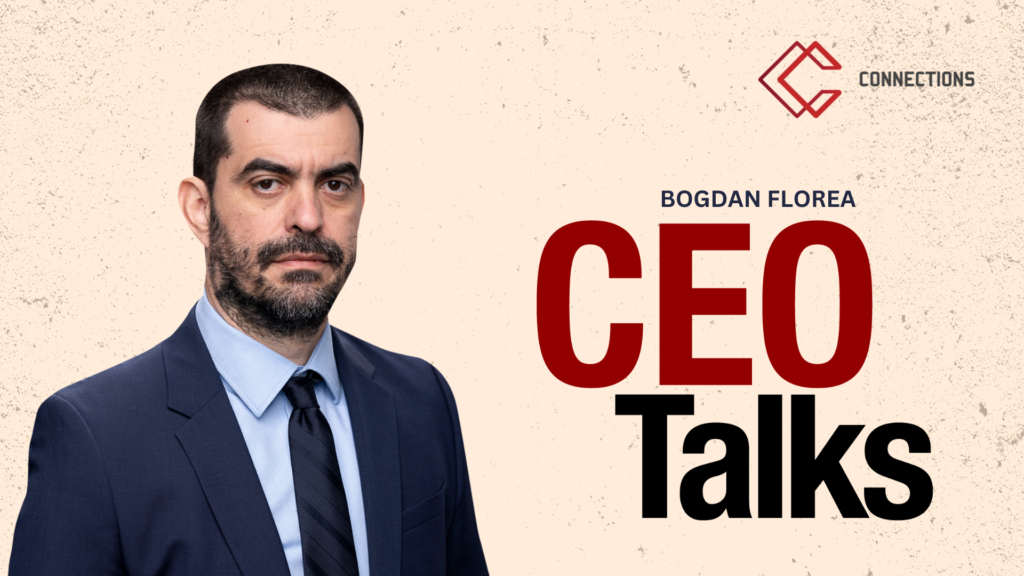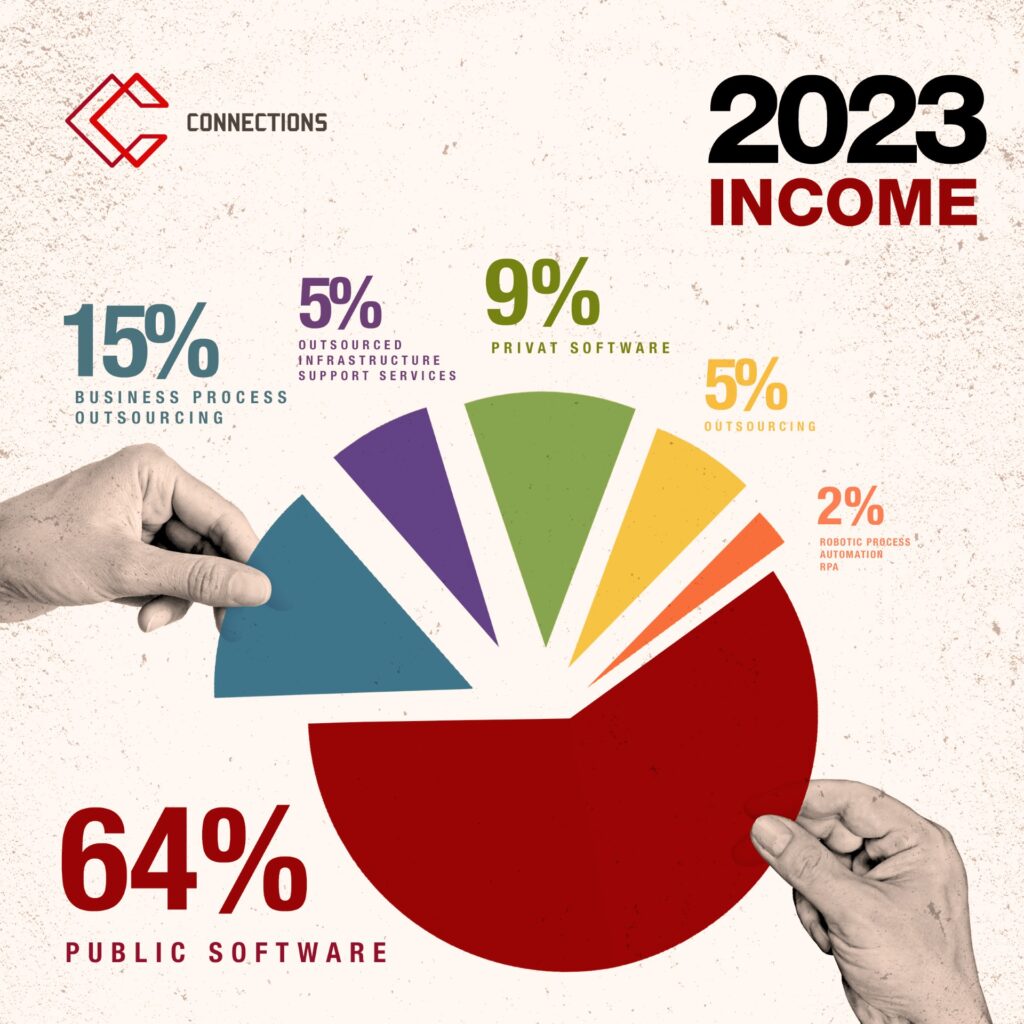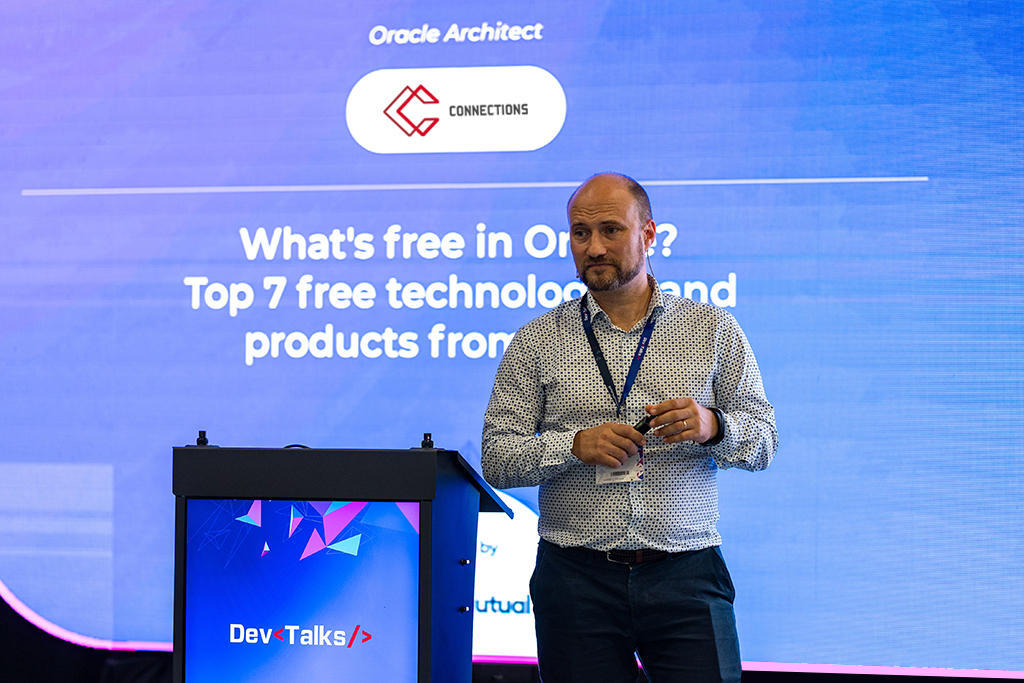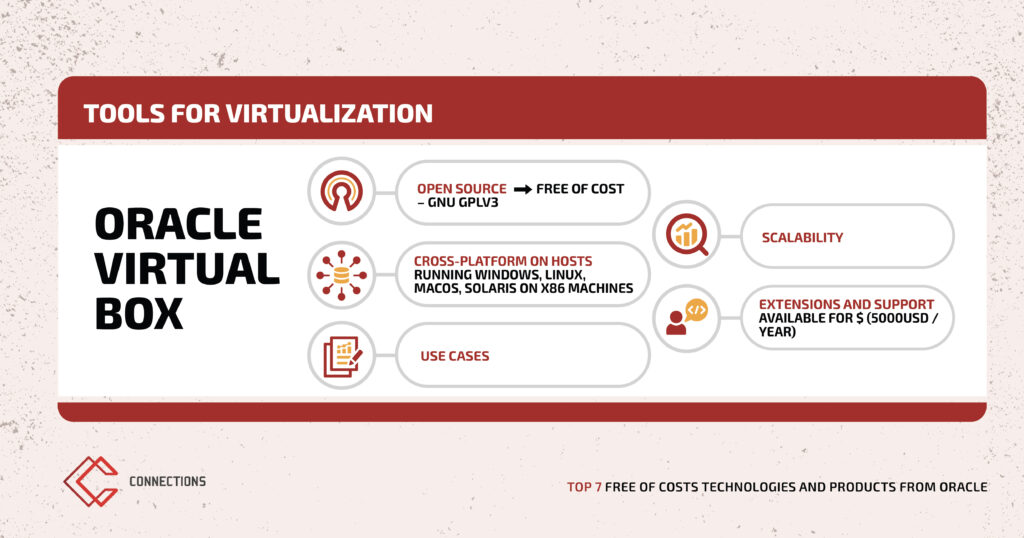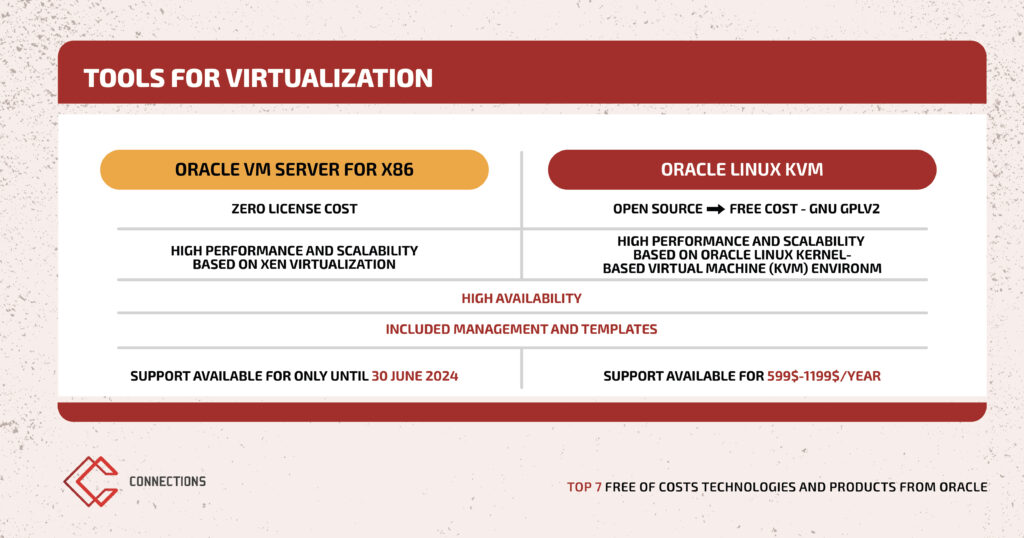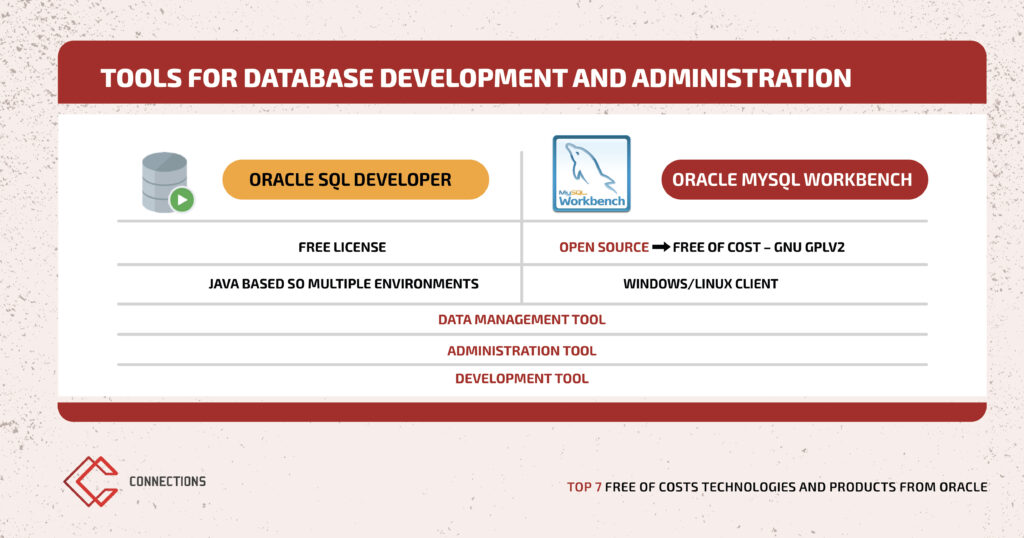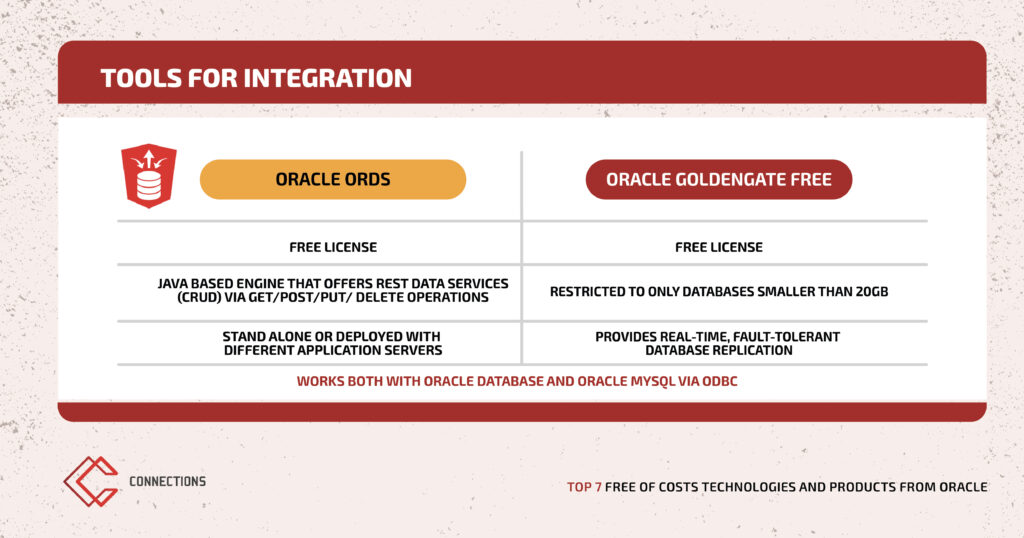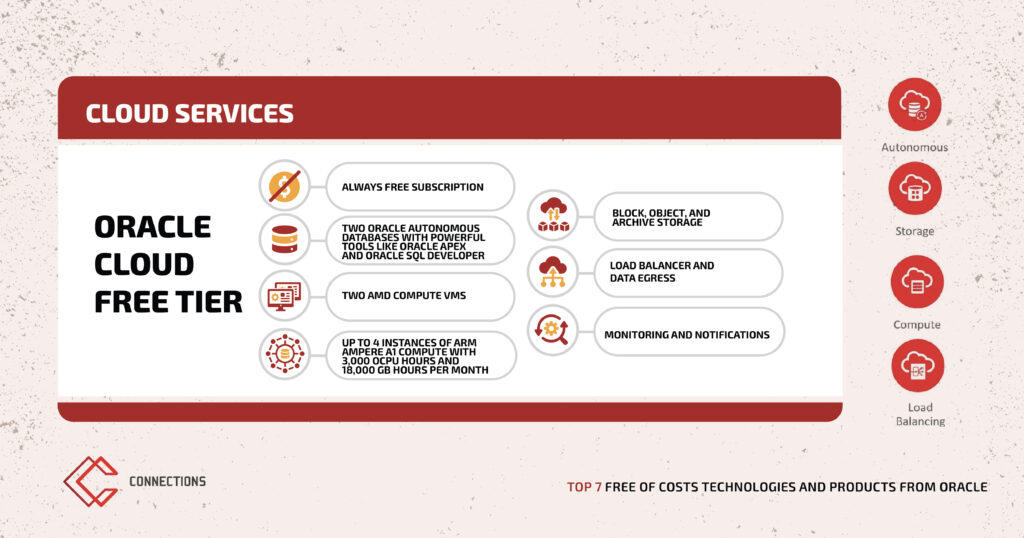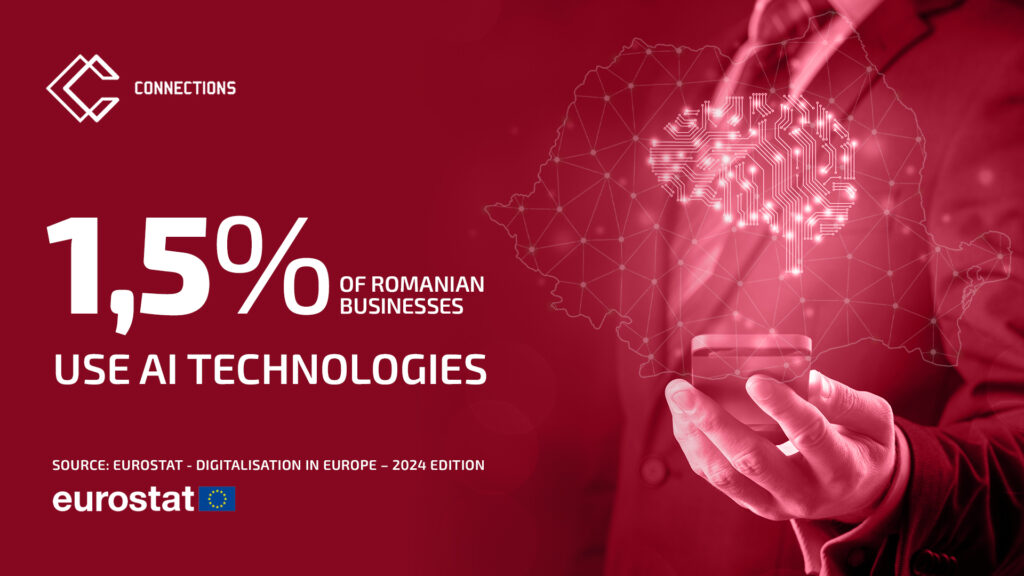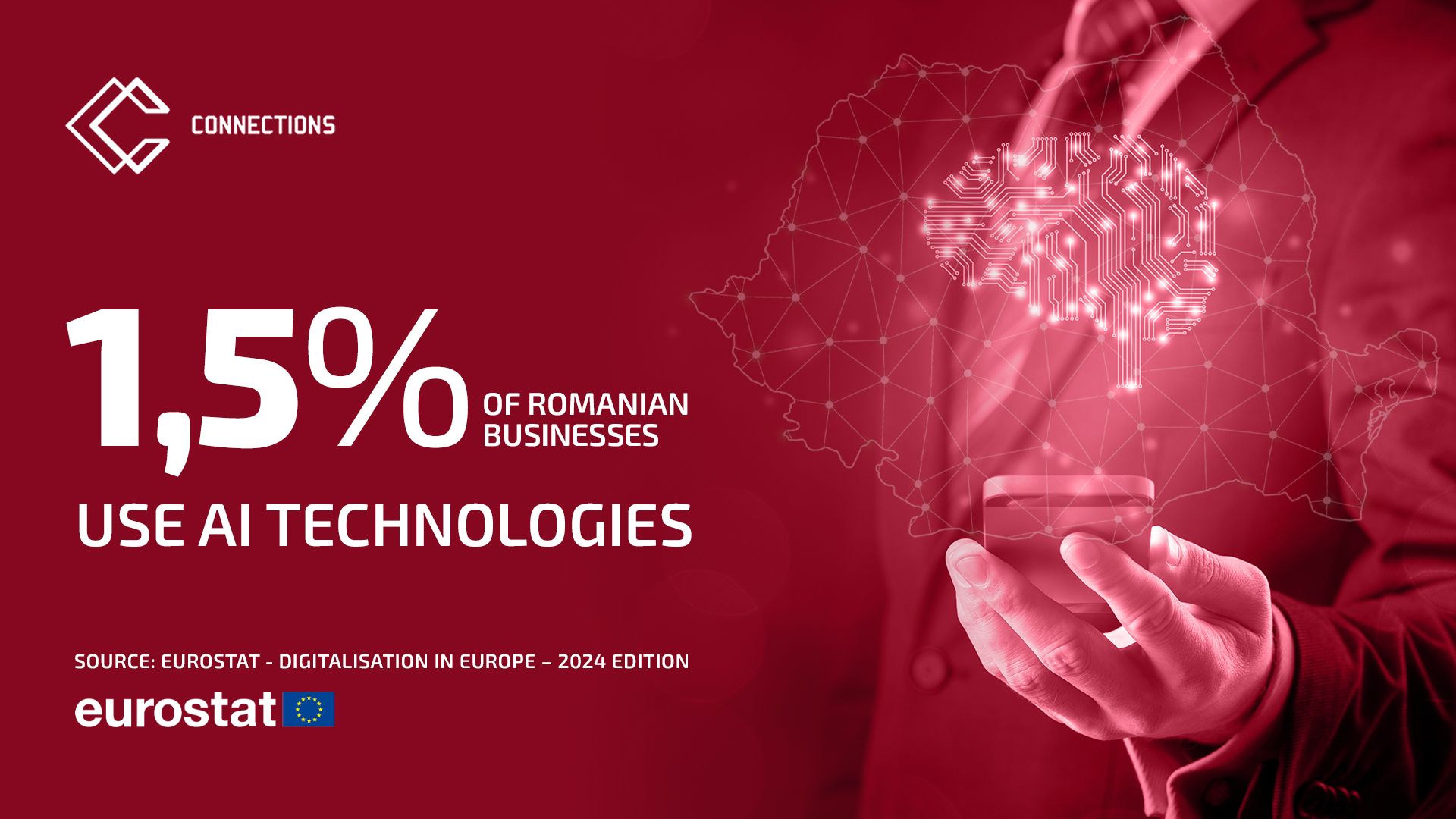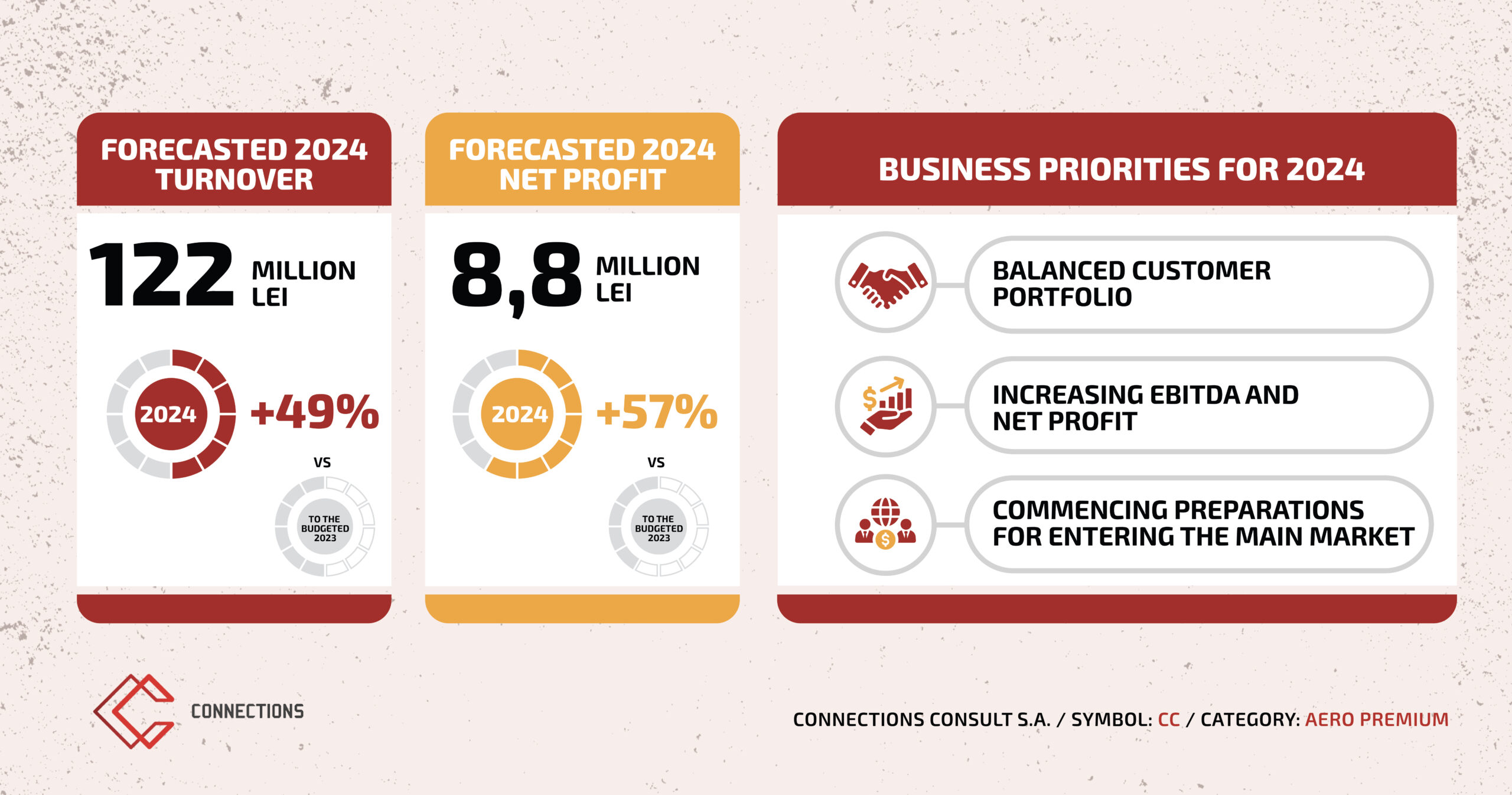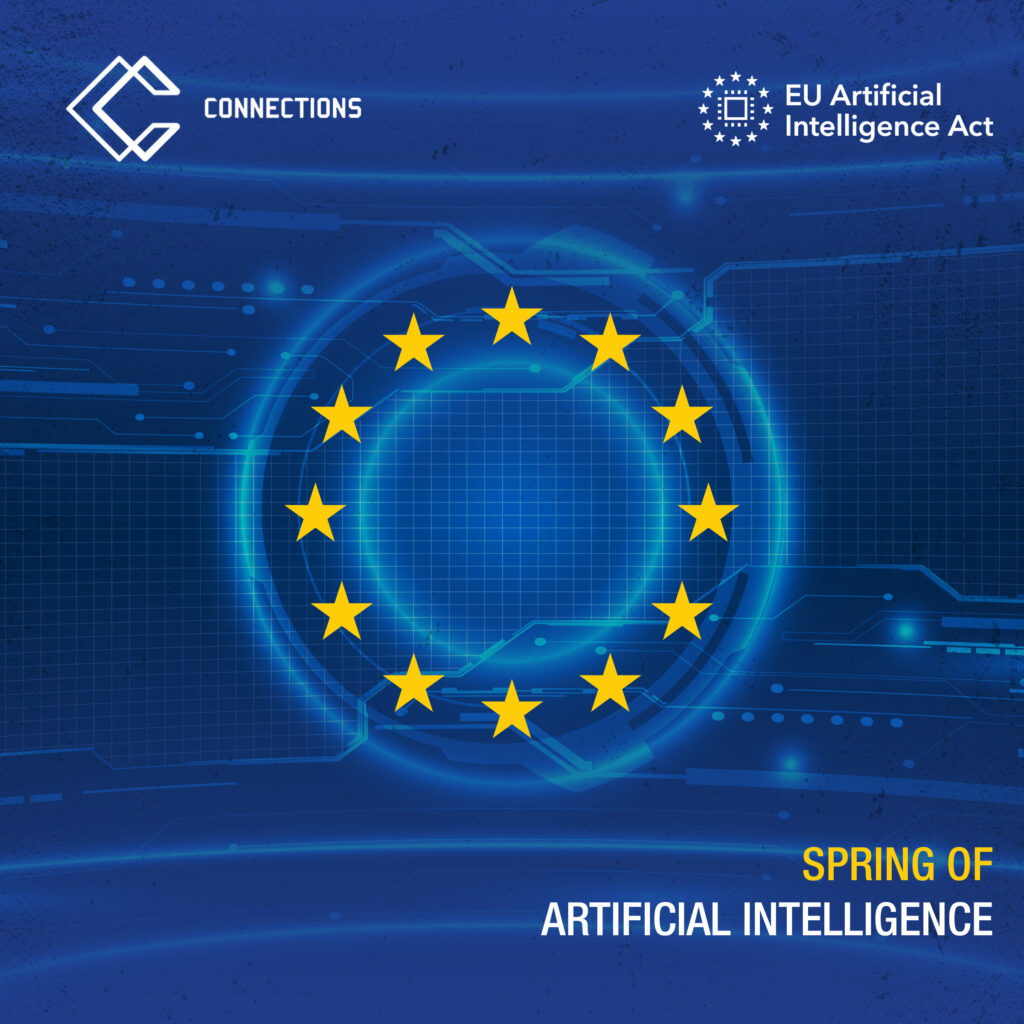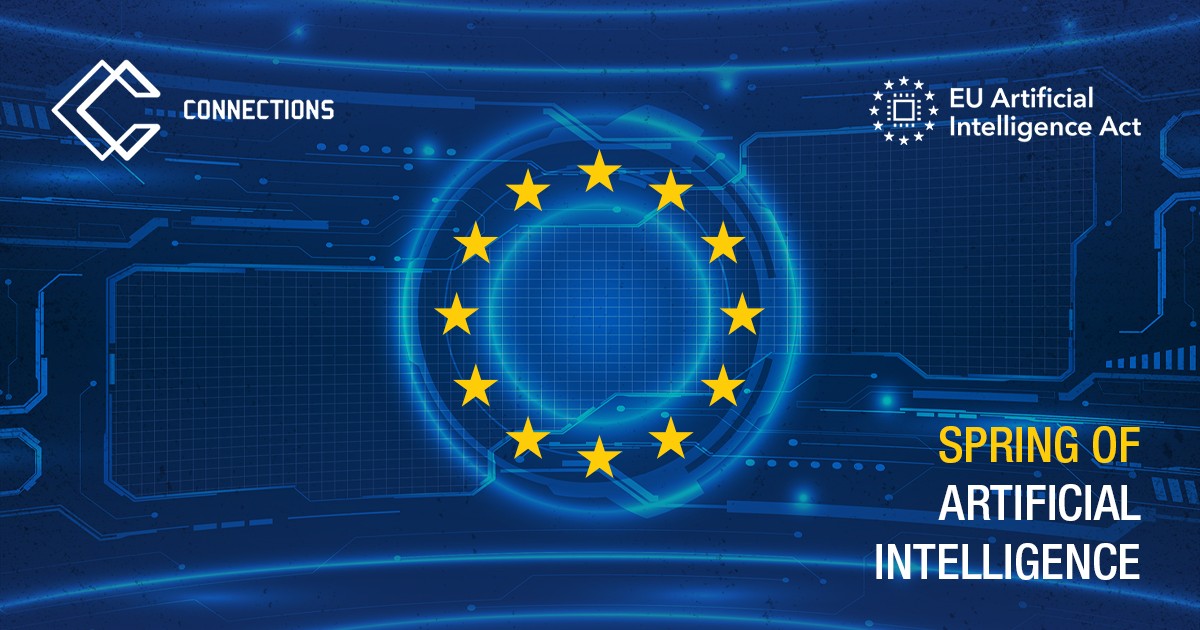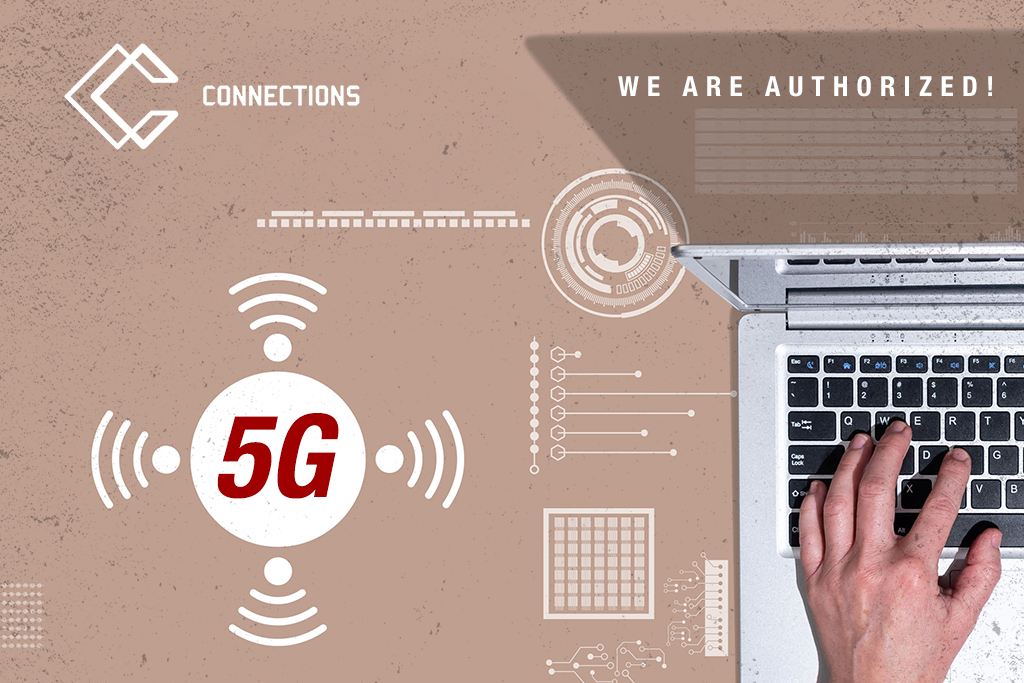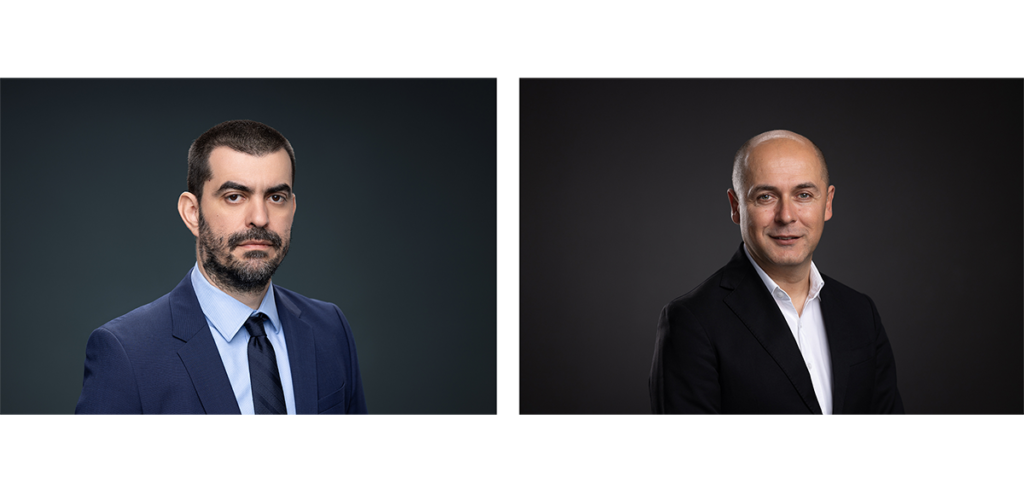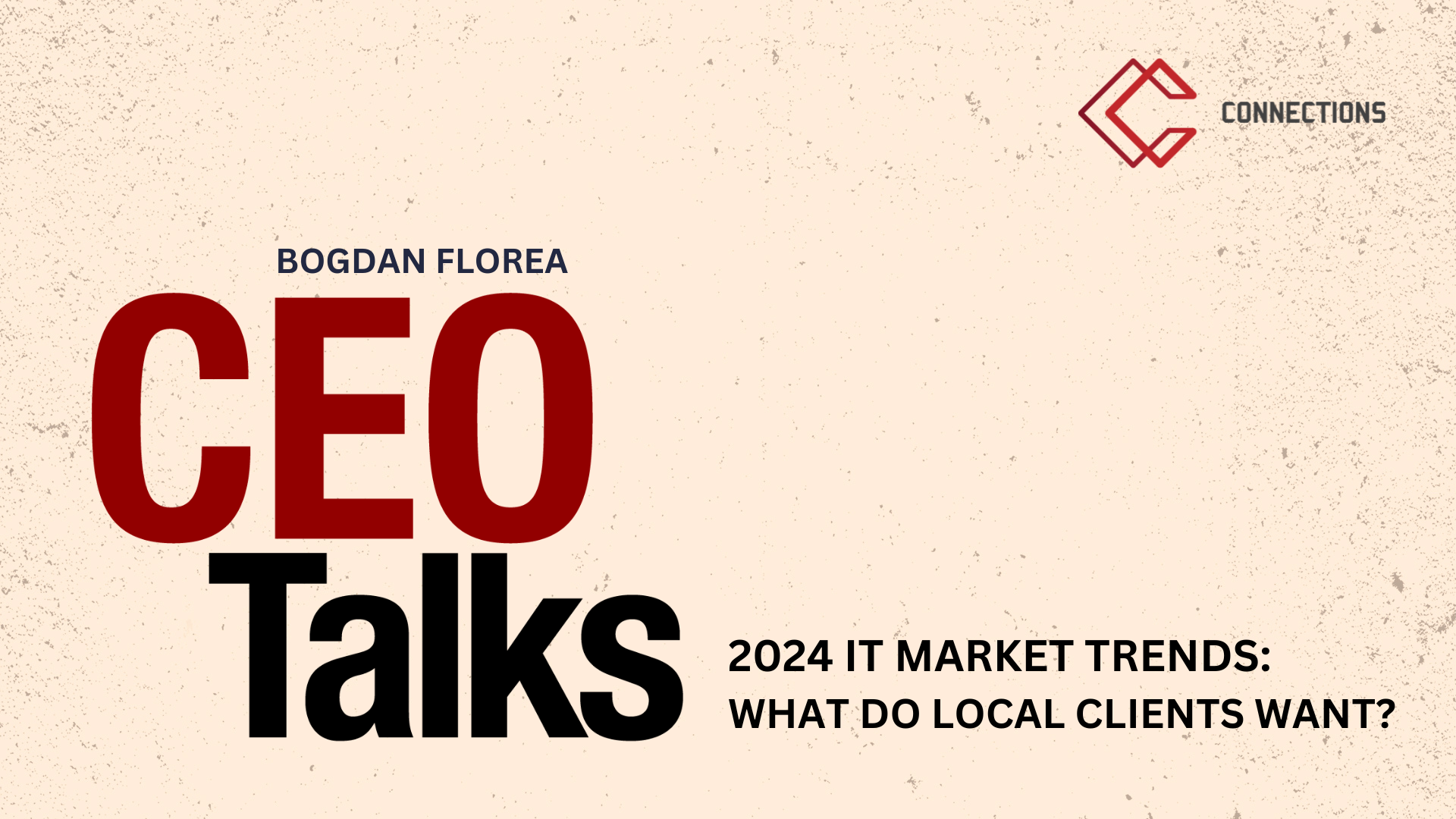
We are halfway through 2024, and we are analyzing to what extent the year’s trends are confirmed or changing. Bogdan Florea, founder and co-CEO of Connections Consult, discusses the construction of the IT business this year and what local clients desire.
“While on international markets, the trend we observe is the localization of services, in the domestic market, we notice an accelerated trend of concern, investment, and development in the area of technologies that define the cloud/cloud computing, both at the infrastructure level (Infrastructure as a Service) and at the Platform as a Service level, as well as the entire technological stack that defines the cloud.
When we talk about the cloud, we are referring to a generic term that actually provides the possibility of accessing services economically and efficiently from anywhere, offered by a service provider, not just infrastructure and applications.
As I mentioned, we observe a marked trend of companies investing and developing and accumulating new capabilities in the cloud computing area. We have seen this trend starting from 2023, and, in my opinion, we will continue to see it in the coming years.“
Connections follows this trend, just like many other players in the market. Although our main specialization is in application development and, more recently, in technology integration, the vast majority of client requirements focus on cloud-ready applications, prepared to operate in the cloud in various forms—whether we’re talking about Microsoft, Amazon, Google Cloud, or OpenStack. Consequently, the push from technological advancements compels us to take steps towards developing cloud-ready applications.
At this moment, we consider ourselves one of the leading providers of complex enterprise applications that are ready to be used in the cloud.



